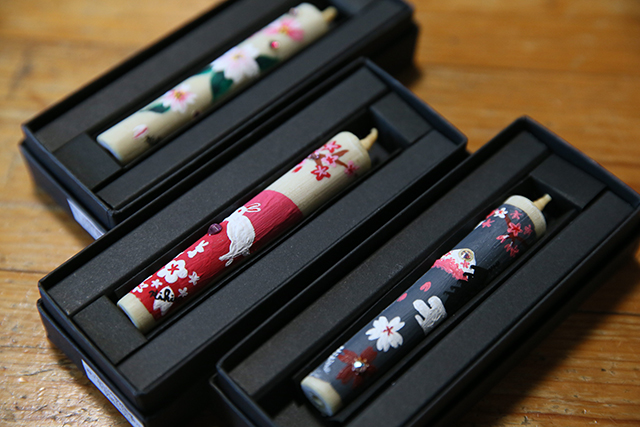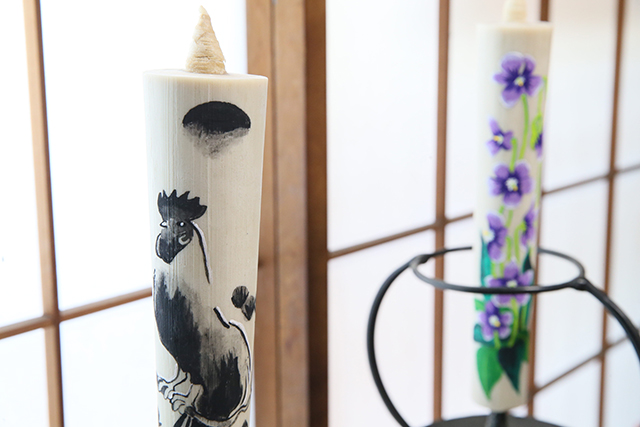
Day Trip To Okazaki
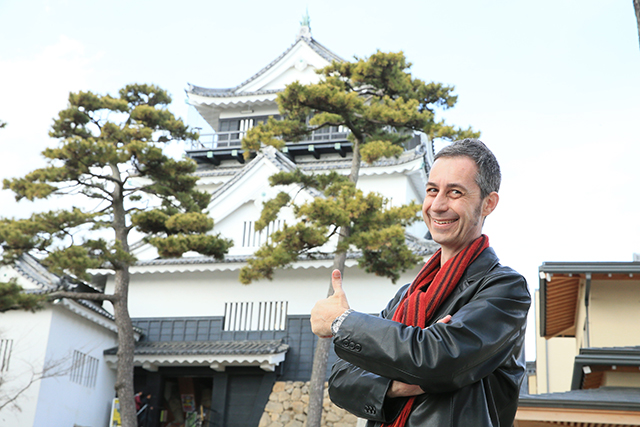
Okazaki City in the heart of Aichi Prefecture is a city at the heart of Japan’s history and culture. There’s so much to see, experience and enjoy. Here are just a few ideas for a day trip to Okazaki!
Okazaki Castle, Symbol of the City
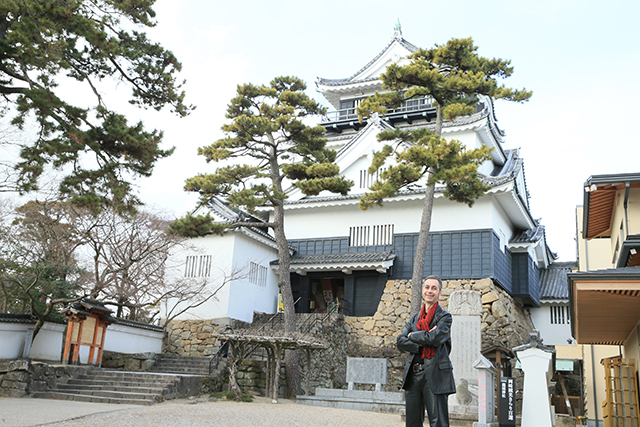
Okazaki Castle is the symbol of historical Okazaki City, the birthplace of the Shogun, Tokugawa Ieyasu, and one of the nations most respected castles.
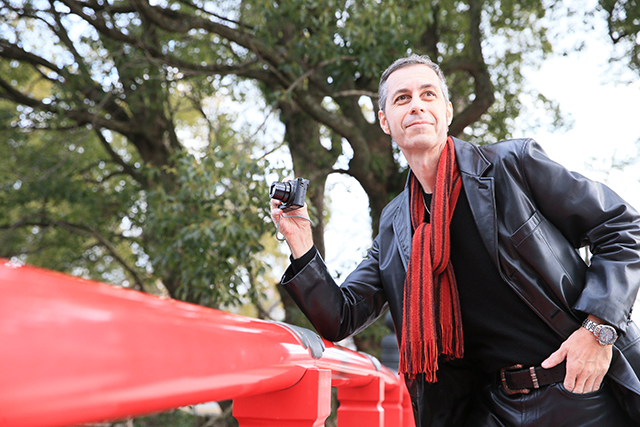
Okazaki thrived in the Edo period, being an important castle town located along the Tokaido Highway, the major thoroughfare between the capital, Kyoto, and Ieyasu’s stronghold, Edo (modern-day Tokyo). When Japan’s feudal system ended, Okazaki Castle, like most other castles, was demolished, leaving only the moat and the sturdy stone walls. The keep was reconstructed in 1959 and houses a museum featuring samurai armor and weapons.
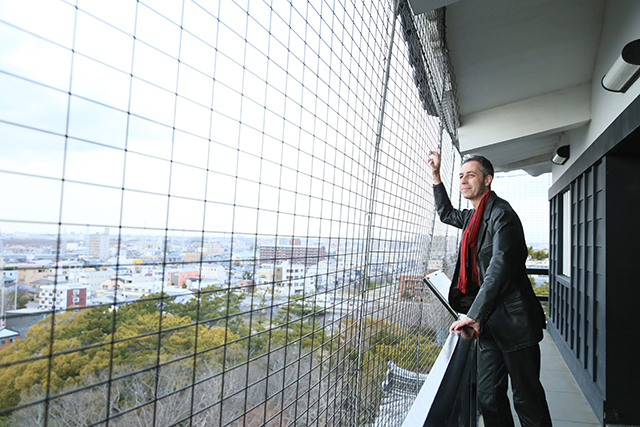
The top floor is an observatory offering panoramic views of the surrounding area.
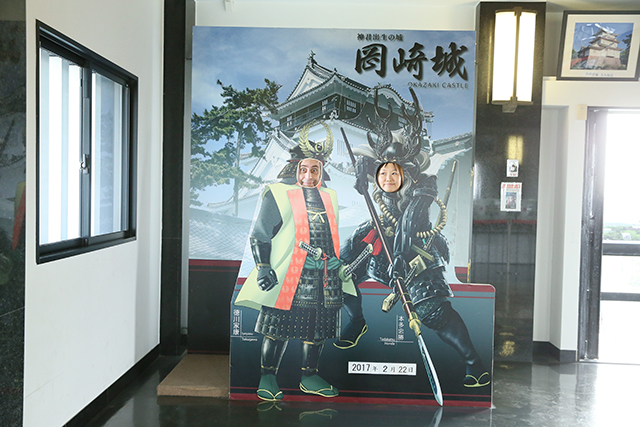
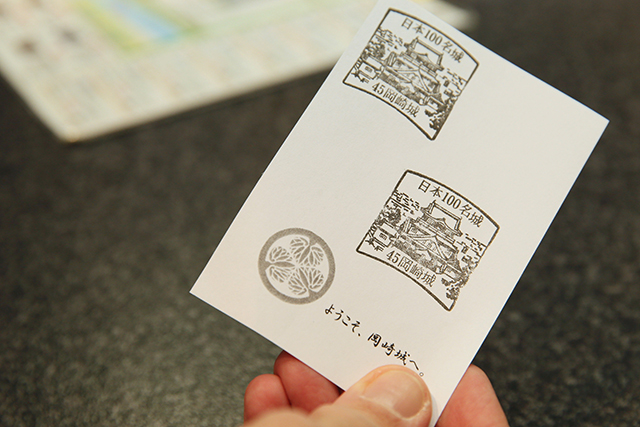
The Famed Warriors of Mikawa Museum
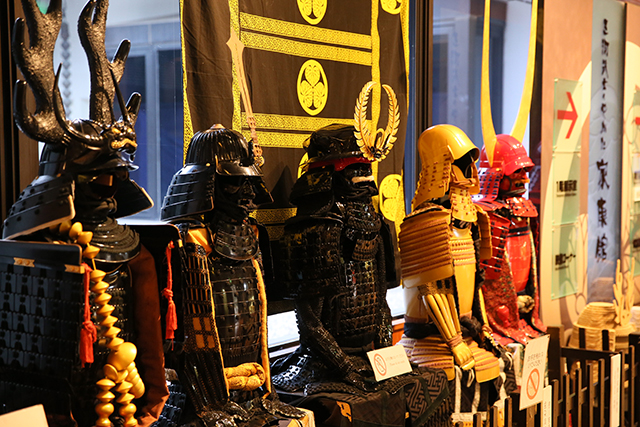
While wandering around Okazaki Castle, you may encounter a modern day samurai or two. The Ieyasu and Mikawa Bushi (warrior) Museum, in the castle grounds, is dedicated to Tokugawa Ieyasu and his trusted generals.
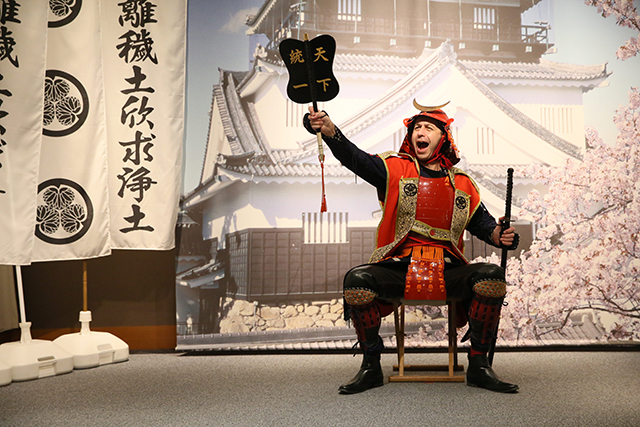
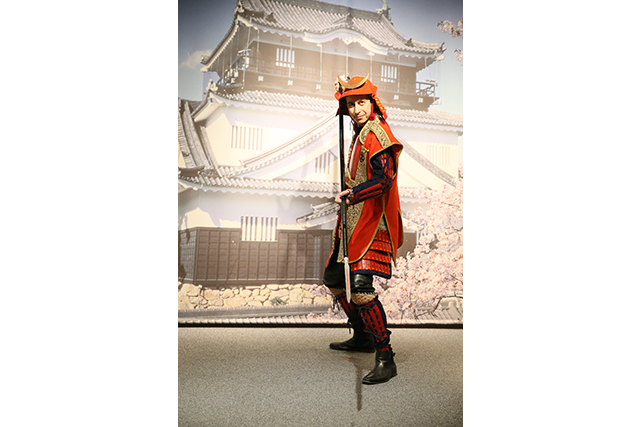
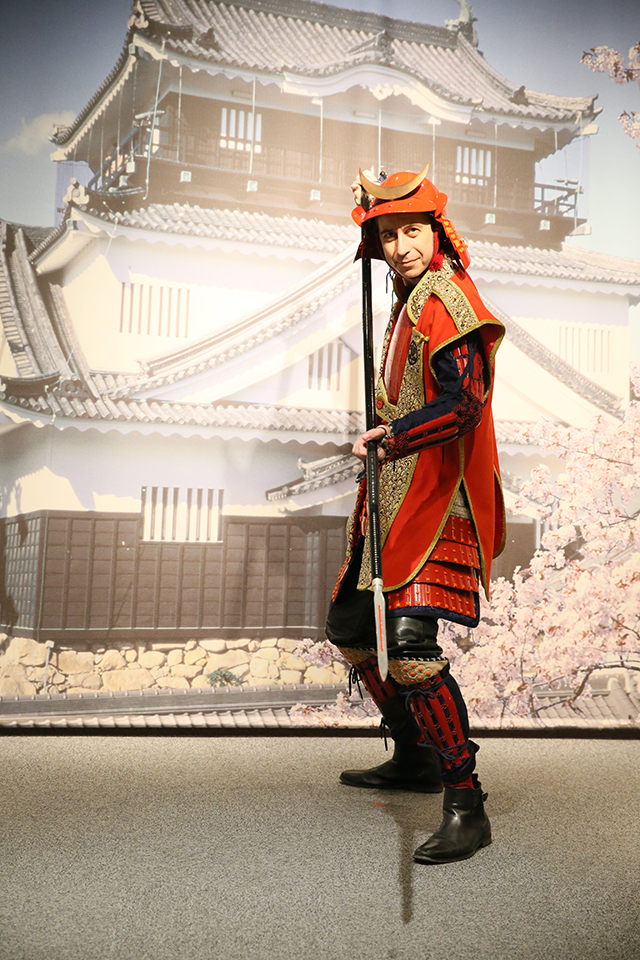
Discover the lives of the samurai, try on a set of samurai armor and weapon up for a great photo opportunity.
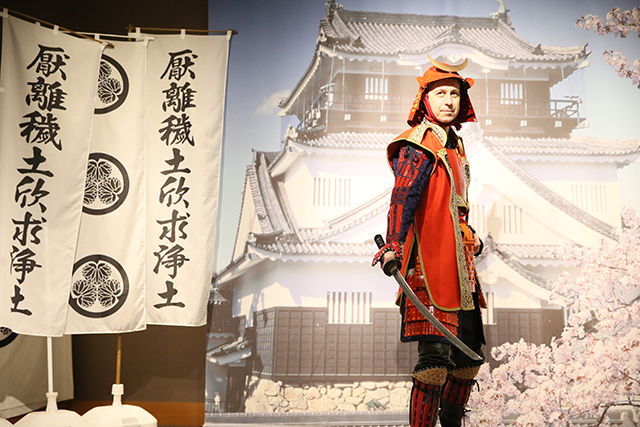
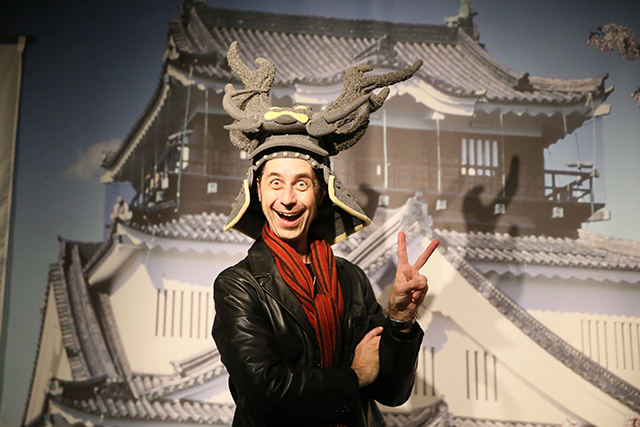
Take A Break at Jonan Tea Room
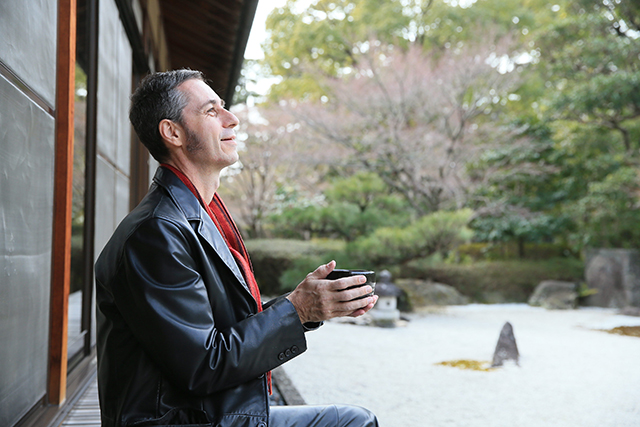
A visit to Okazaki Castle brings you closer to the samurai spirit, and to experience the culture, enjoy a refreshing cup of matcha green tea and a traditional seasonal wagashi sweet at Jonan.
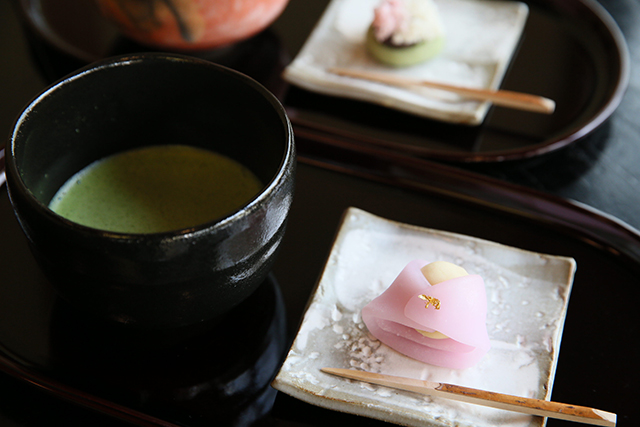
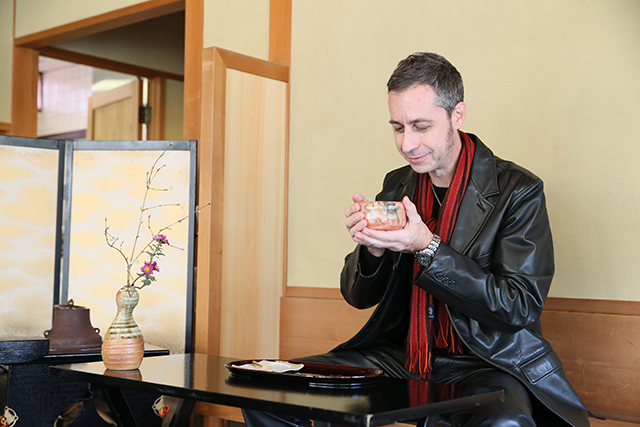
Have your tea served indoors or depending on the season, outdoors overlooking the traditional gardens.
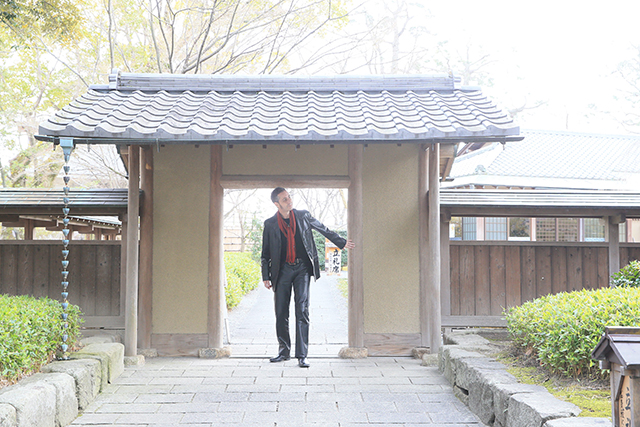
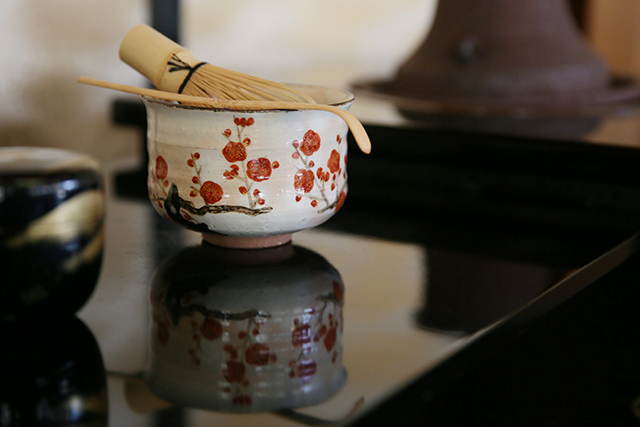
Visit Historical Daiju-ji, The Temple of the Tokugawa
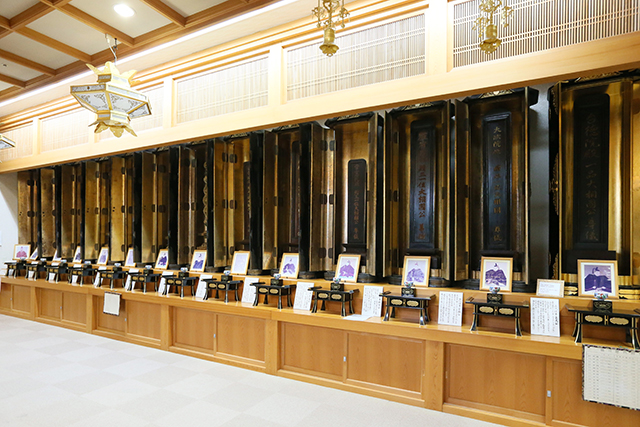
A few kilometers north of the castle is the Tokugawa clan’s family temple, the Daiju-ji, built in 1475.
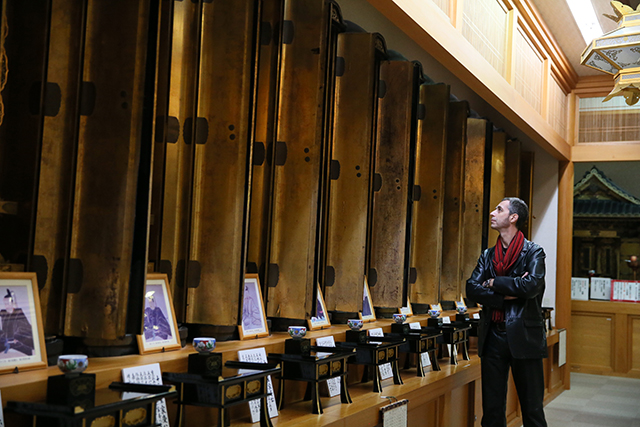
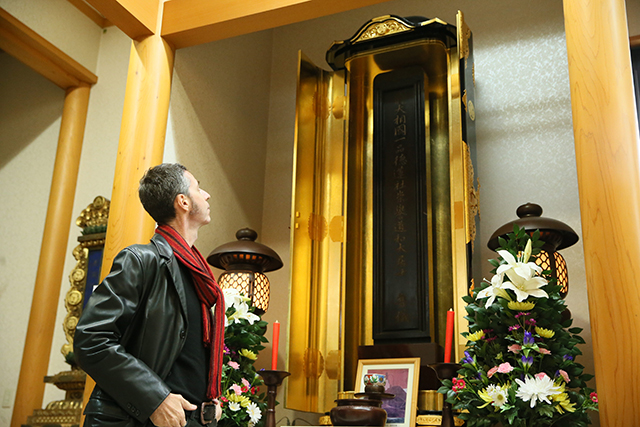
The temple houses the funerary tablets of the 15 successive Tokugawa Shogun, each standing the same height as the actual man. There is a room, reserved even now, solely for the use of the Shogun!
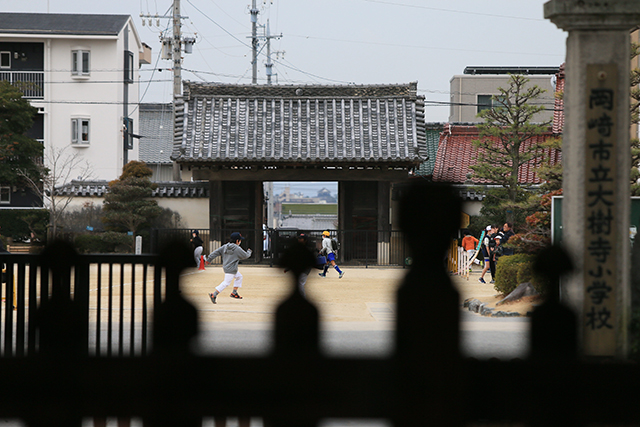
See the tombs of the Tokugawa ancestors, and be sure to check the view of Okazaki Castle seen through the great gates of the Daiju-ji too.
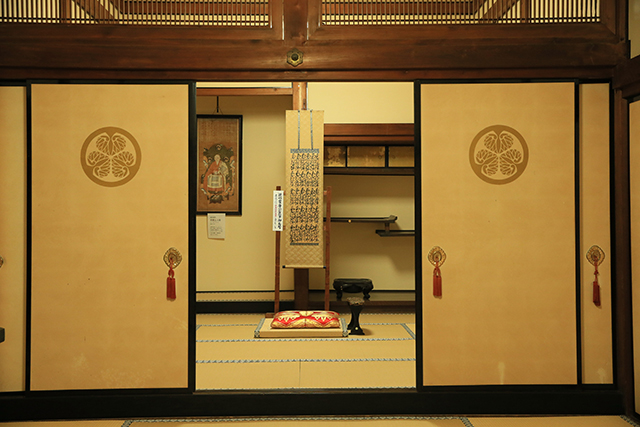
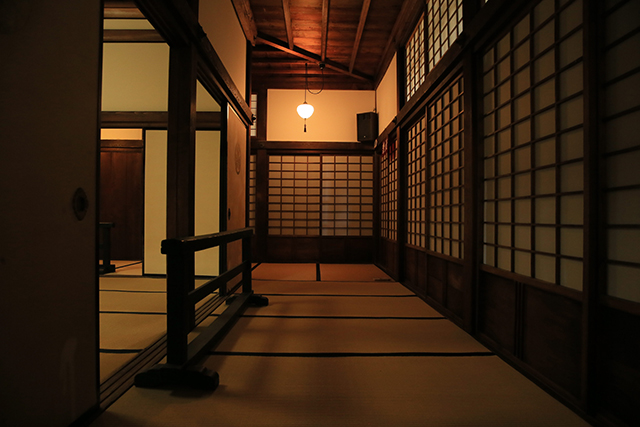
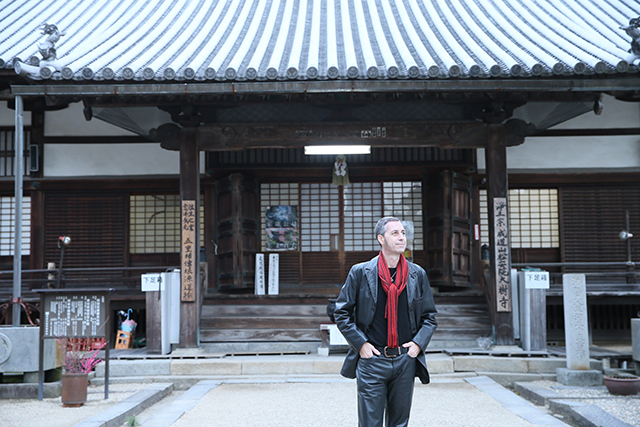
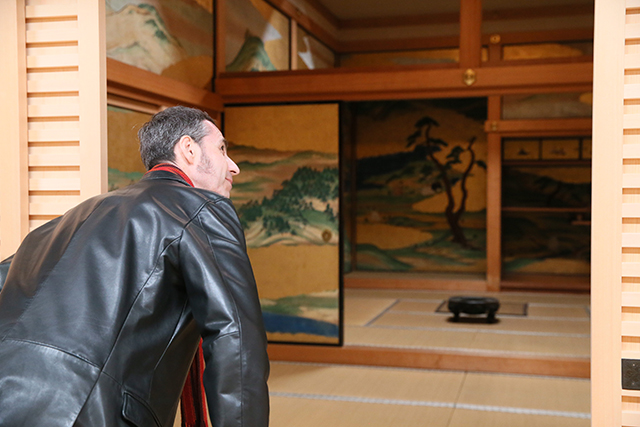
Enjoy the Taste of Okazaki at Ogino Restaurant
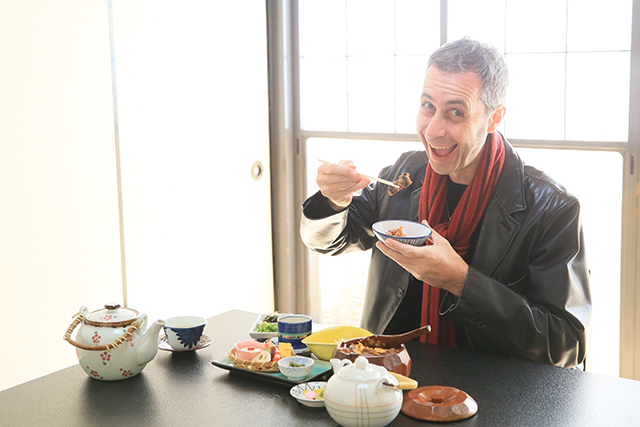
By now you’ll be hungry, and although there are any number of top quality restaurants serving traditional lunches, Ogino is highly recommended, with a menu ranging from the ever popular tempura to the local delicacy, Hitsumabushi, grilled eel on a bed of rice…the aroma is amazing!
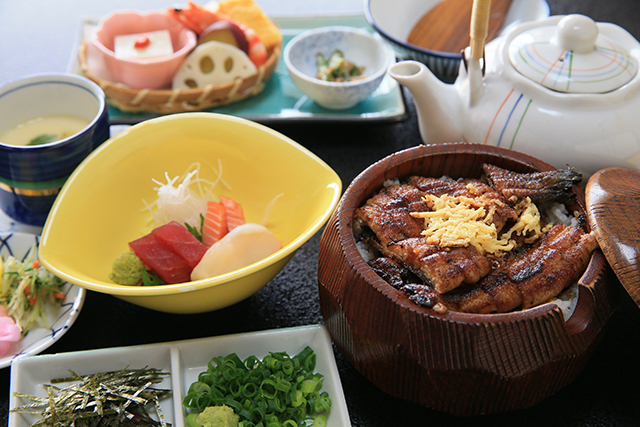
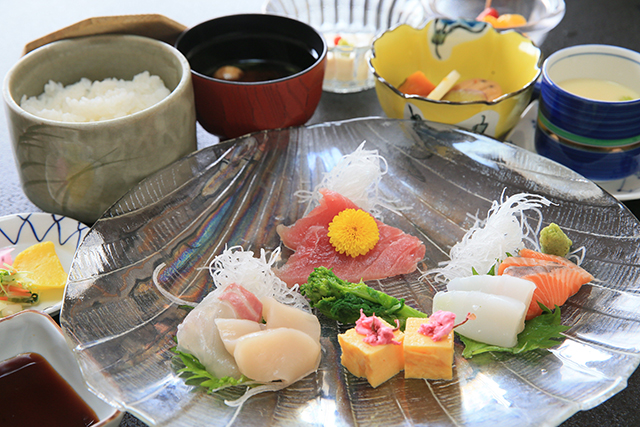
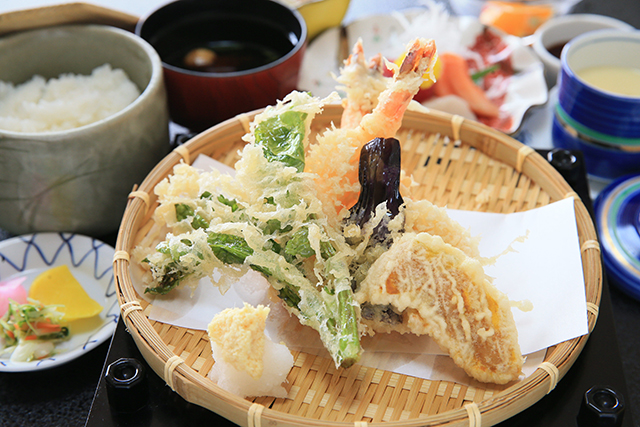
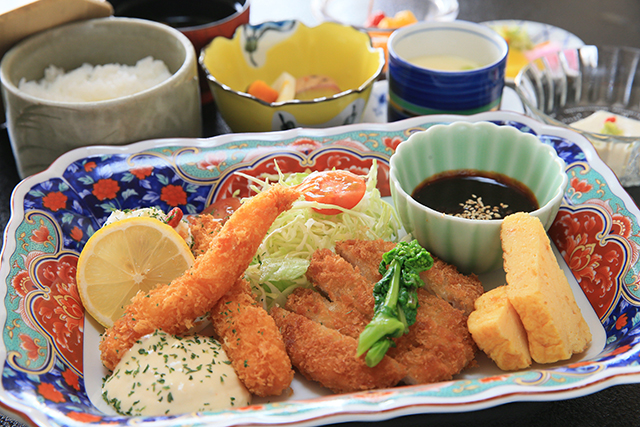
Discover Hatcho Miso, Secret Weapon of the Warriors
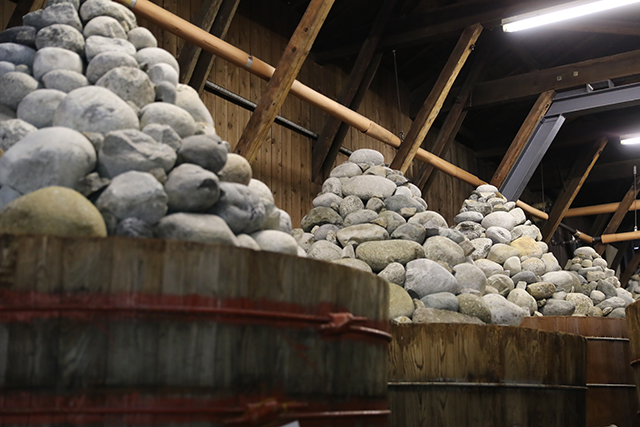
Hatcho Miso is long-lasting, highly nutritious and richer tasting than any other miso. For that reason, it was preferred by the samurai warlords as military rations.
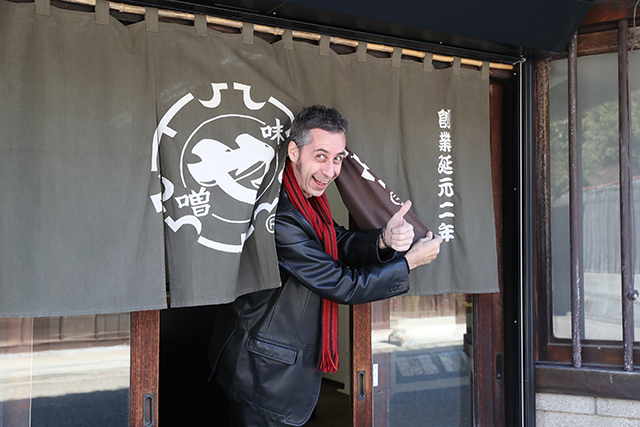
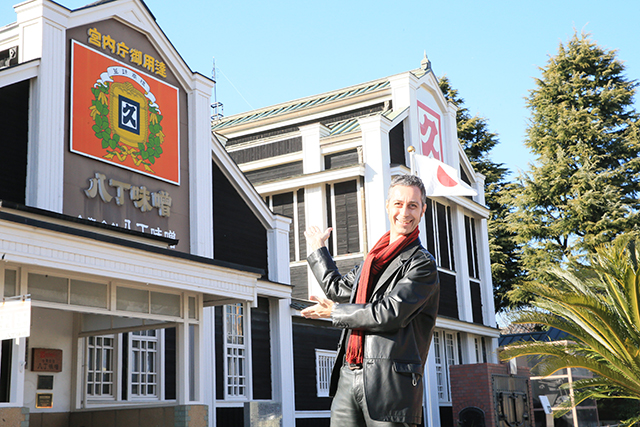
800 meters, or 8-cho (pronounced “ha-cho”) west of Okazaki Castle, along the old Tokaido route are the only two remaining traditional Edo period Hatcho Miso producers, Kakukyu and Maruya.
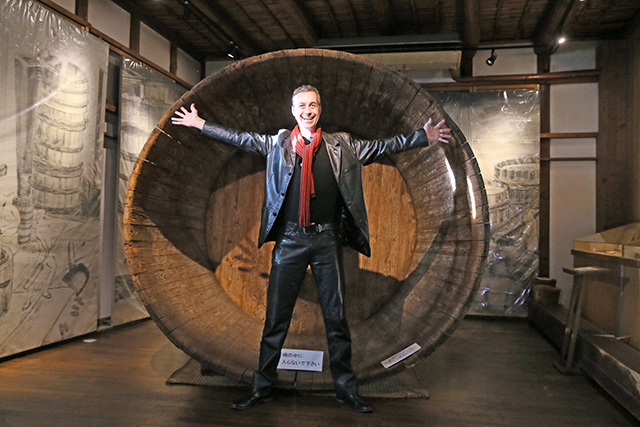
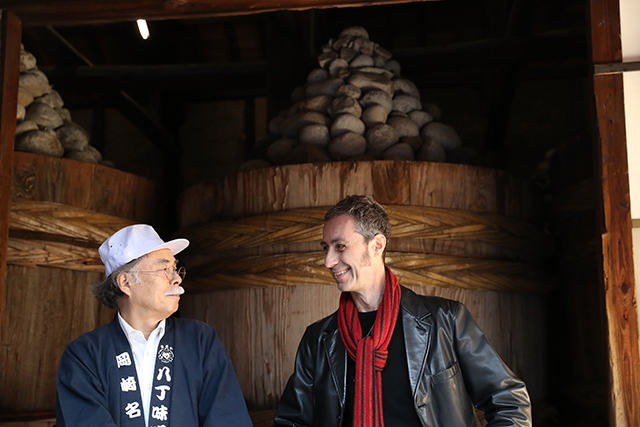
The soybean based miso is fermented for over two years in huge wooden tubs two meters high, with three tons of rocks placed on top using the same piling techniques used in castle wall construction. See the time-honored manufacturing process, the traditional facilities and taste and buy real miso here!
Maruya
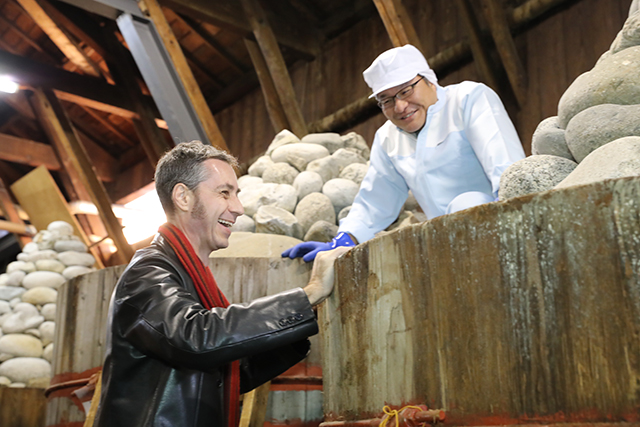

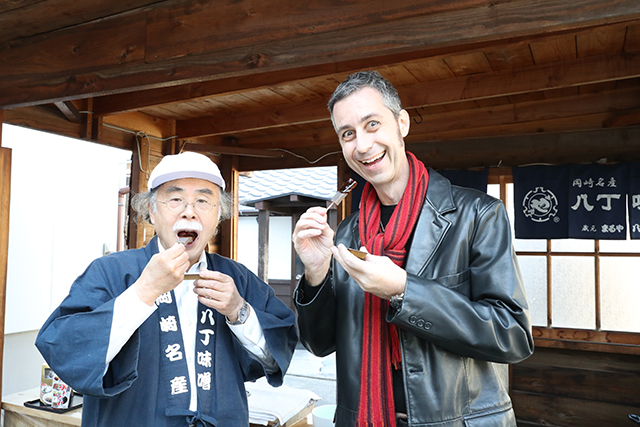
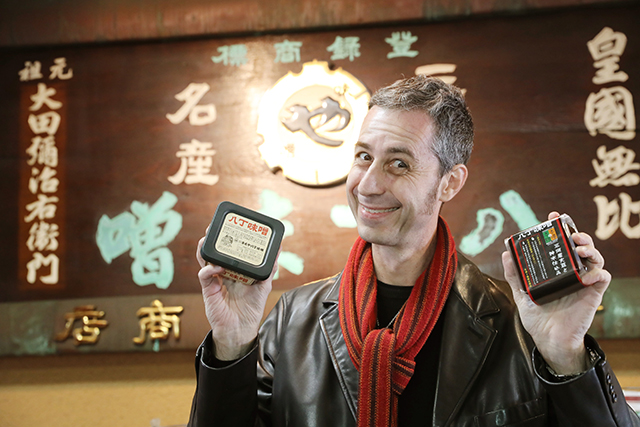
Kakukyu
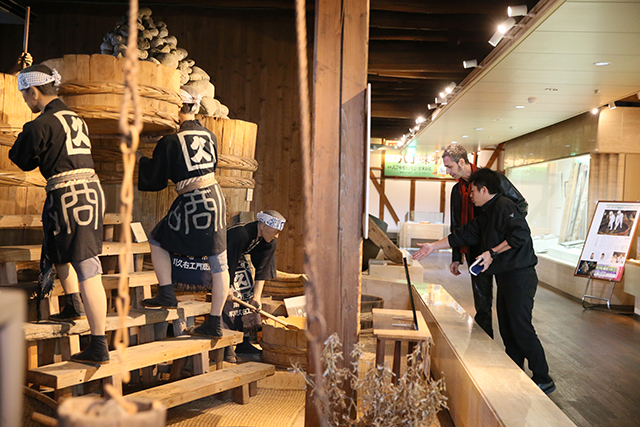
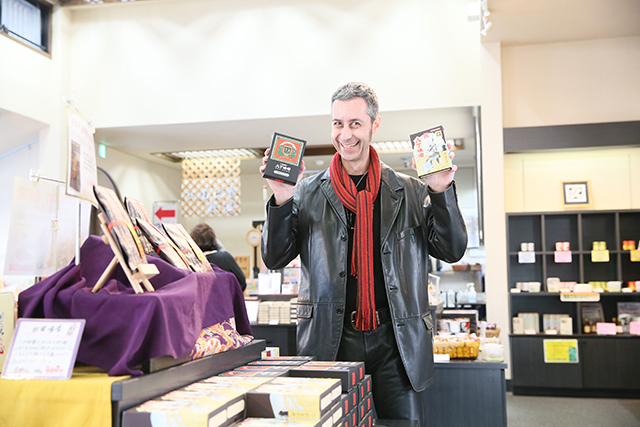
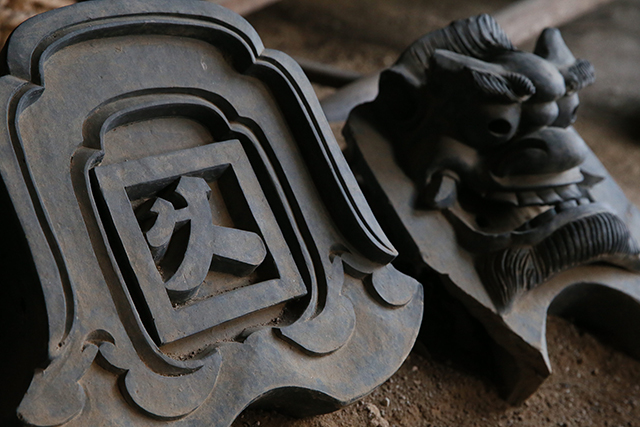
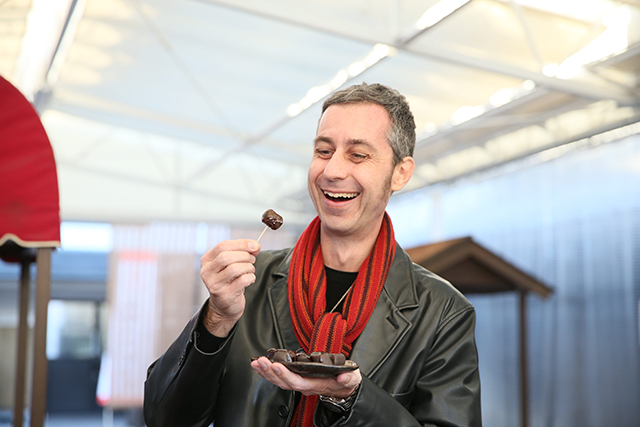
Meet Traditional Candle Maker, Master Matsui
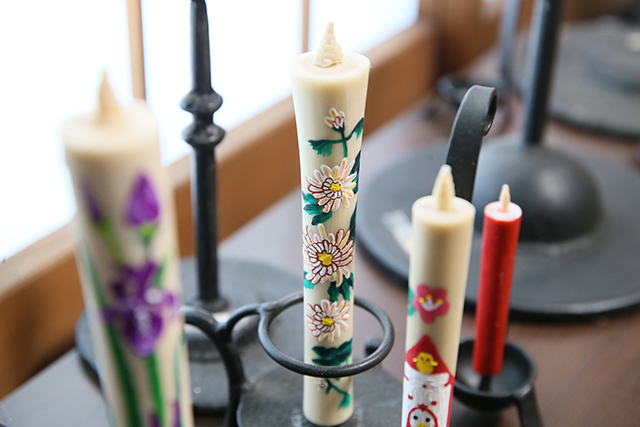
Uniquely shaped Japanese candles offer a clearer, softer, more stable light, with little smoke or smell. Only around 20 traditional candle craftsmen hand making Wa-rosoku candles with traditional ingredients remain in Japan.
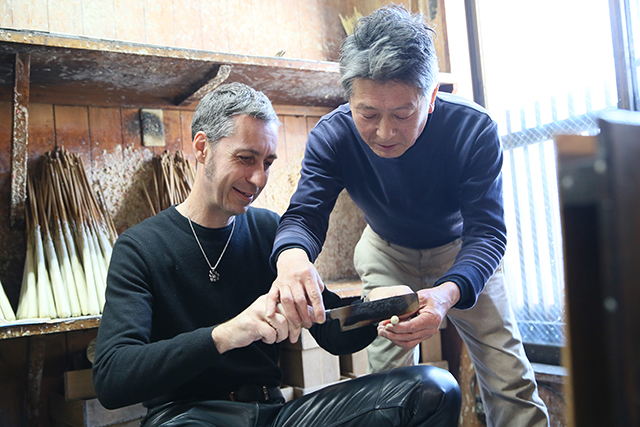
One of the top craftsmen is Master Matsui, whose family have made candles for over 110 years. At Master Matsui’s workshop, you can see the crafting process, and try your hand at making E-rosoku, picture candles, painting scenes onto traditional candles. (I tried painting Okazaki Castle on mine)
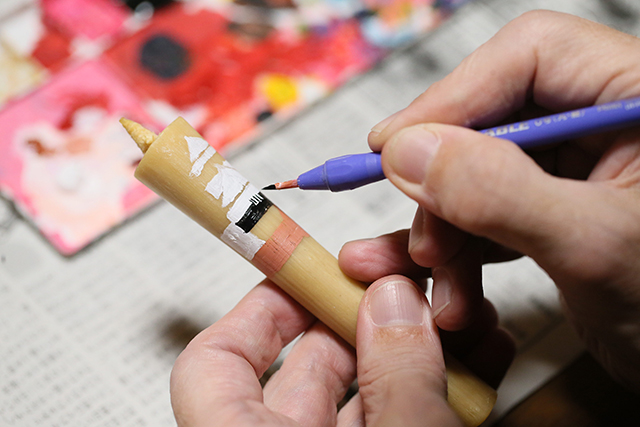
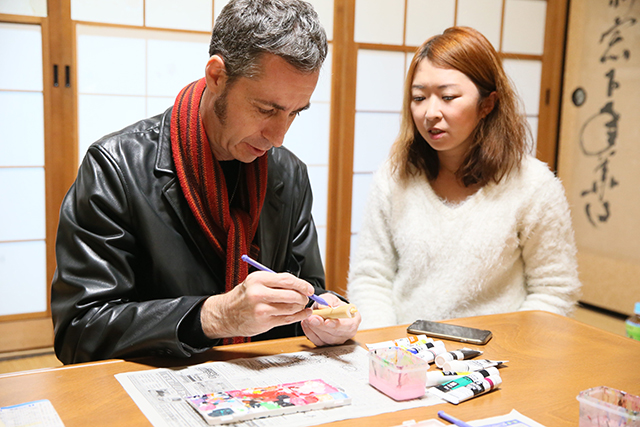
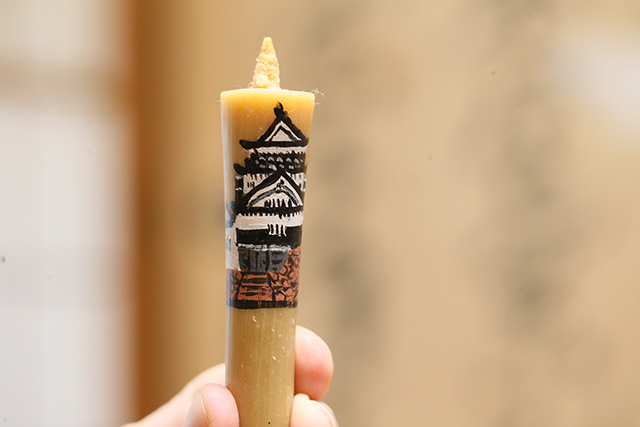
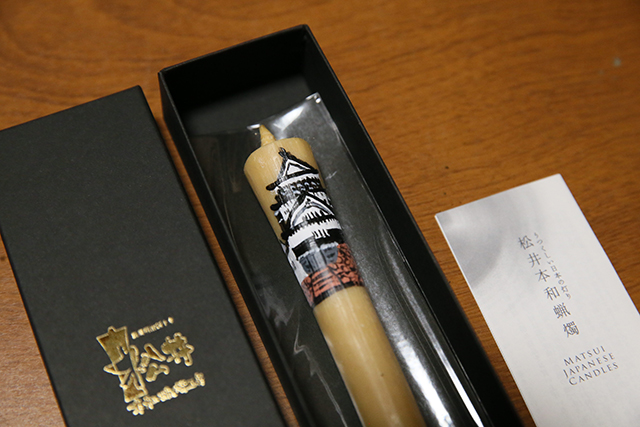
Original Japanese candles make great souvenirs, and you get to meet a traditional master craftsman too.
